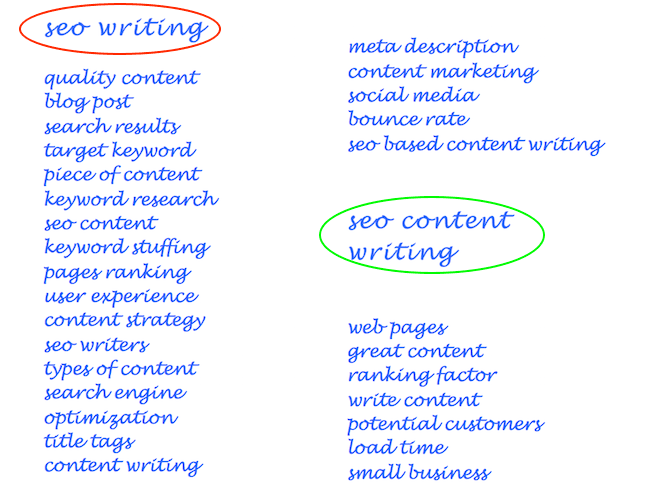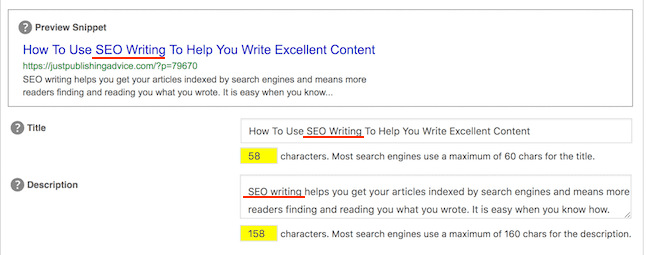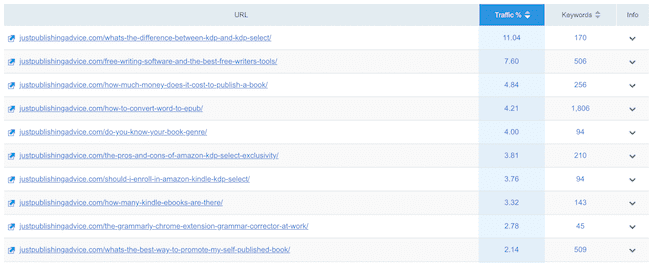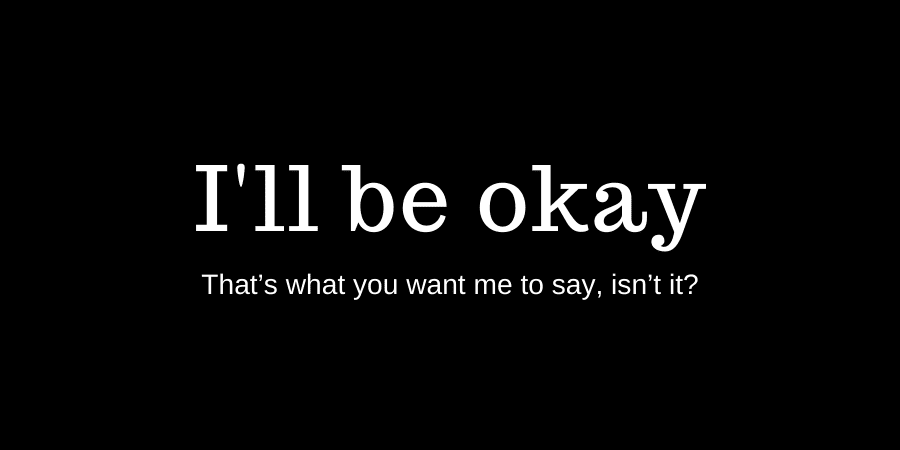
What is SEO writing? It is the best way to get your web pages to appear in Google or Bing search engine results pages.
When you write a blog post or publish content online, you want people to read it.
Just because you write well and include a lot of valuable information in your articles about your product or service doesn’t mean that search engines will give you a high ranking factor.
It doesn’t even guarantee that they will index it.
SEO writing is writing with two hats
You might have written something many readers would find extremely interesting.
However, you also need to give search engines a few clues by learning how to use on-page SEO for writers.
Quality SEO writing is all about outstanding content for readers but also for algorithms.
The first is to write for readers or potential customers and give them a positive user experience when they visit your blog or website.
The second is to write for search engine crawlers and tell them where to list your great content.
If you can get your articles or posts to rank on Google, Bing, and Yahoo, you will get many more readers.
Getting these two factors working together is the aim of search engine optimization (SEO) based content writing.
You have probably read many articles about SEO.
If so, you know about the importance of keywords.
But there is much more involved in applying better SEO to your site and articles.
The principal elements in SEO content writing
Before anything else, you should check your website’s load time. A slow site is terrible for both readers and crawlers.
You can test your site speed with GTmetrix or Pingdom.
Here is the result of our homepage loading speed.

If your site takes longer than 2 to 3 seconds to load, you have work to do.
Site speed is a Google ranking factor, so if you have a slow site, you will struggle to rank in Google Search.
If you need a little help, we have an article covering site speed issues.
But if your site is okay, you are right to go.
Start SEO writing
Now you are ready to write.
But with a new content strategy that you can apply to all types of content to improve your search engine rank.
Step one is to draft your article outline. You probably do this already. Some writers note paragraph headings or make brief notes about the introduction, middle, and summary sections.
Whatever you usually do to plan your articles, keep doing it. It is the best way to write for your readers.
Step two is similar. But now, you will make a second plan based on keyword research. Start with your article subject or topic and do a Google search.
Start your keyword research
As a simple example, if you search for “how and when to prune my roses,” check the top twenty results and look at the variations in the main keywords.
You will find that prune roses, rose pruning, and pruning roses are the three standout phrase variations. There is a commonality that is obvious.
What you will also notice is that phrases such as prune my roses or pruning your roses don’t rank at all.
Pronouns, linking words, and prepositions are all SEO stop words or ignored words, so avoid using them entirely when choosing any keyword.
Choose one. Let’s say rose pruning. It will be your target keyword.
Now go back and quickly read the top five articles, and look for words or short phrases directly connected to rose pruning.
It doesn’t take long to come up with a list.
Here is the list I prepared before I started writing this article.

The red circle is my selected target keyword. Then follows by a list of my associated or semantic keywords.
The green circle is a secondary keyword I chose because it produced a few extra useful semantic words.
Now you have your two plans
It’s time to start being an SEO content writer and building your article by combining them.
Write freely and primarily for your reader because this is, by far, the top priority in SEO content.
But as you do, try to include some of the associated keywords as naturally as you possibly can in your text.
Don’t agonize overusing them all. If you can use half or a bit more, that’s fine.
The only risk to avoid is keyword stuffing. Using the same keyword over and over again is out-of-date black hat SEO.
Limit the use of your keywords to one occurrence, or at the very most, two.
Your target keyword should never be overused. Recall that there were three target choices.
Prune roses, rose pruning, and pruning roses. As we chose rose pruning, we can use the other two in the text to avoid repetition.
Keywords are vital tools for SEO writers.
But overuse can result in search engines ignoring your article completely due to keyword stuffing.
Never overuse a keyword in your posts.
Once you have finished writing your article, it is time to add the finishing technical touches.
Completing the technical elements
The first task is to write two different titles for the article. Yes, two.
You need to do this because there are two title tags on a published blog post or article.
One is the main title, and the other is the SEO title tag, and both must contain the target keyword.
Next is to write the meta description. Again, it must include the target keyword.
It is not repetition, as I warned about in writing your article text.
The three places your target words appear are there specifically to tell search engines very quickly about the main topic of your text.
The fourth is when you used it once in your text.
Here are the underlined occurrences of my target keyword in my SEO editor for this post.

You can see that this is the title you can see at the top of the page you are reading now.

But the two sections in the image above are not visible on this page.
The SEO title tag and meta description tag are used by search engines. You can see the anticipated result in the top section, “Preview Snippet.”
If you don’t have the facility to add an SEO title and meta description, you will need to add an SEO plugin to your site.
Yoast and All In One SEO are the two most popular choices.
As an aside, these two tags are also used by social media when your article is shared or posted on Facebook and Twitter.
The result
Now you have completed all the necessary elements that search engines will use to index your post.
In the first week or so, only expect your target keyword to be noticed by crawlers.
But over time, on each subsequent crawl, search engines will extract and add more of your semantic keywords.
As the image below shows, over time, posts can collect hundreds of keywords or search terms, which all help in getting organic search results and more readers.

The article in the image above has earned over 1,000 keyword search terms from Google, and it is only 900 words long.
That is the power of writing for both readers and machines.
Summary
Whether you are writing blog posts, content marketing, or for your small business, the advice above will help you get more readers for your articles.
Writing for SEO will get you more organic traffic and help you with organic link-building.
Writing long-form, compelling content for readers will engage them and keep your bounce rate low.
All you need to do is keep the following points in mind.
1. Select one target keyword
2. Find semantic keywords
3. Prepare an outline for your article
4. Write first for your readers, but incorporate your selected semantic keywords
5. Use your target keyword once in your text, title, SEO title, and meta description
Use these five points when you write your blog posts, and you will get a lot of extra search engine traffic and more loyal readers.
Related Reading: How To Publish An Article On Google – Your Choices




An amazing share, Tips you have shared are indeed very helpful and will help people come up with more SEO-friendly content. Your presentation style and format of the post is also quite nice. Keep sharing more informative tips for content writing. Share more images to next time…
It’s such a informative article about SEO technique thanks for sharing this.